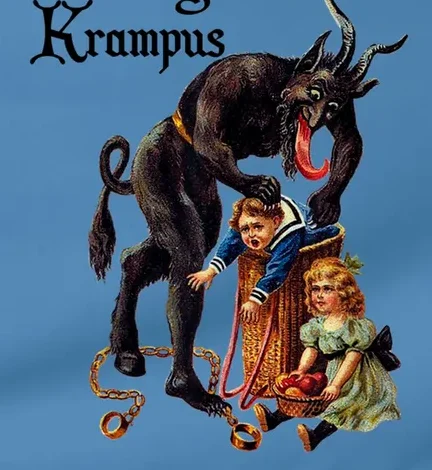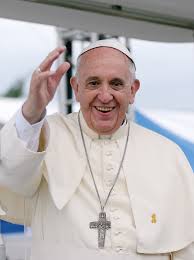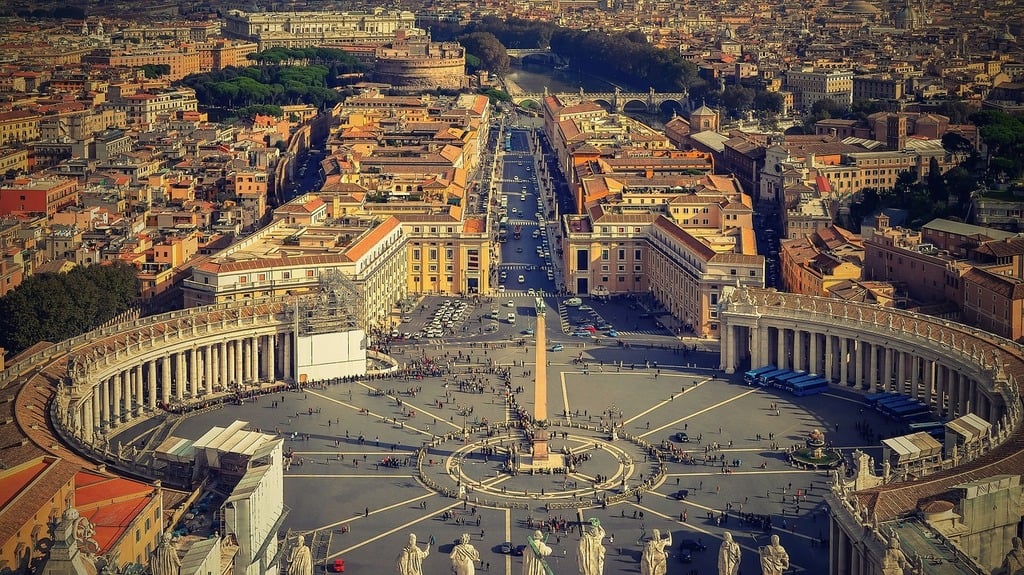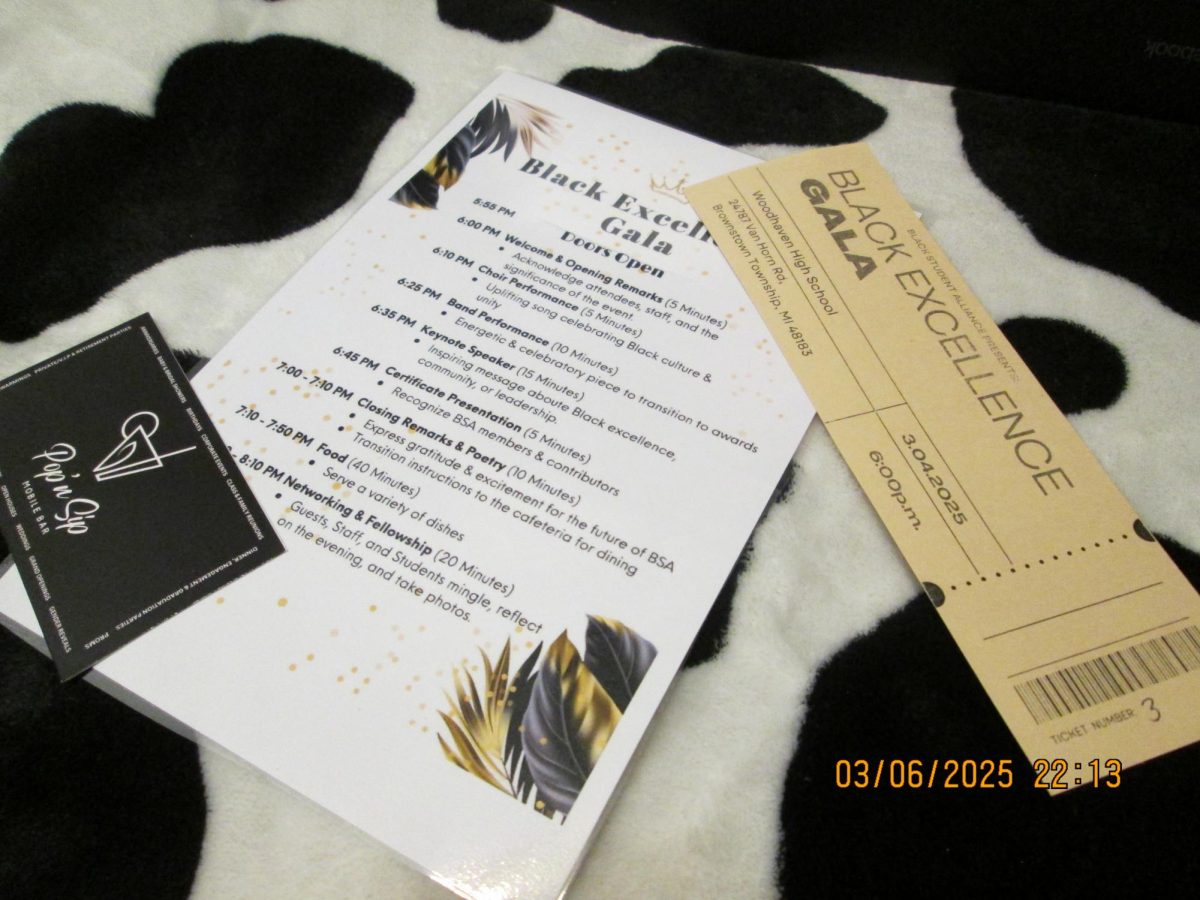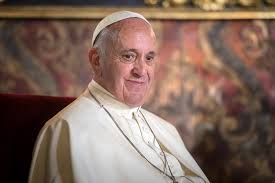The Christmas season is typically associated with cheer, joy, and the warm glow of holiday lights. However, there is an evil creature that makes an appearance every year to join Saint Nicholas: the Krampus. The Krampus, or ‘The German Christmas Devil,’ is a fictional character from central Europe, German folklore, and in the Alpine regions. It is a tradition that dates back to the 12th century, and Krampus will usually appear around Christmas time.
The tale of Krampus dates back to pre-Christian Alpine traditions. The folk tale also has roots in pagan rituals. The name “Krampus” comes from the German word “krampen” which means claw. According to the story, Krampus is featured as a half-goat and half-demon figure with horns of a goat, one grotesque human foot, and one foot that is a cloven hoof. He is often depicted with typically long shaggy hair that is usually black or brown and has a very long snake or dragon-like tongue that is pointed and drops out with fangs.
Krampus will carry chains that symbolize the binding of the Devil by the Christian Church. He will thrash the chains around for dramatic effects; the chains are sometimes adorned with bells of many sizes. He carries a bundle of birch branches known as a “ruten,” which he will occasionally swat the children with. Krampus’s origins are believed to have been connected to ancient pagan festivals that celebrated the winter solstice.
The pagan festivals often involved wild, chaotic rituals intended to ward off evil spirits and to ensure the return of the sun. With the beginning of Christianity, many of the pagan customs were turned into Christian traditions. Krampus will accompany Saint Nicholas and work as a team when they visit children at night. On the 5th of December, right before the Feast of St. Nicholas which is celebrated on December 6th is when Krampus will visit children and the following day is when St. Nicholas will visit the children.
During the evening of December 5th also known as Krampus Night or Krampunsnacht, the wicked creature will appear on the streets. In this folklore tale/ tradition, Saint Nicholas will reward the well-behaved children with small gifts and treats like oranges, nuts, and chocolates while Krampus will punish the bad children with coal or birch rods which are used for striking on the back and shoulders to remind them of their misdeeds.
On Christmas Eve, Krampus will travel with a sack or basket that is strapped to his back that is used to take evil children away for drowning, eating, or being transported to hell. In other tales, Krampus will put the bad children in the bag and take them away. This dual treatment of reward and punishment serves as a moral lesson for children which emphasizes the consequences of their behavior and attitude throughout the year.
St. Nicholas embodies kindness and generosity and then Krampus represents the darker side of the holiday season which reminds children that misbehavior and mischief lead to consequences. The folklore tale of Krampus has experienced a resurgence in popularity in recent years in both Europe and around the world. This new popularity is most likely partly due to the growing interest in folklore and mythological creatures, as well as the appeal of the darker, more thrilling part of the holiday season. In Austria, Italy, France, Switzerland, Germany, Slovenia, Liechtenstein, and Monaco which are all Alpine towns the tradition of Krampuslauf better known as the Krampus Run has become a popular event.
During the Krampuslauf, people will dress up as Krampus and then parade through the streets, often accompanied by St. Nicholas and other folklore tale figures. These Krampus events can be quite elaborate, with participants putting on highly detailed and often terrifying costumes. The Krampuslauf festival serves as both a celebration of cultural heritage and a thrilling show for locals and tourists alike.
The folklore legend of Krampus gives a fascinating glimpse into the culture and creativity of European folklore and the ways in which ancient traditions have been woven into modern celebrations. The dark companion of St. Krampus serves as a reminder that the holiday season is not only a time of joy, cheer, and generosity but also a period of reflection on one’s behavior and the consequences of one’s actions. Whether encountered in a traditional Krampuslauf or through popular media or stories, the figure of Krampus continues to captivate and intrigue people, adding a unique and thrilling dimension to the Christmas season.
